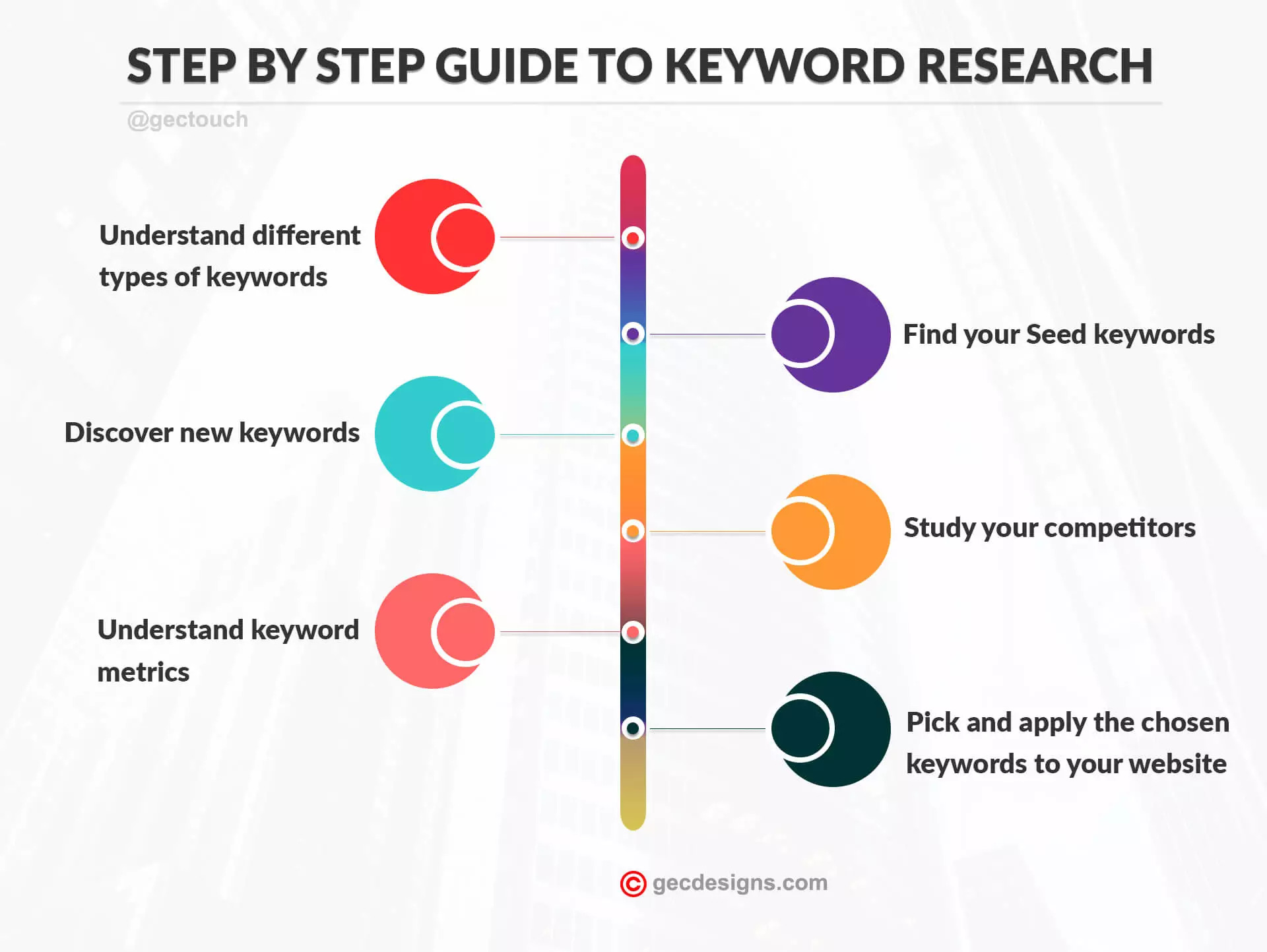🔍 How to Do Keyword Research for Your Blog: A Step-by-Step Guide.
SEO

Keyword research is the cornerstone of effective blogging and SEO. By identifying the right keywords, you can create content that resonates with your audience and ranks well on search engines. Here’s how to do it:
🧠 1. Understand Your Niche and Audience
Before diving into tools and data, clarify:
- Your blog’s focus: What topics do you cover?
- Your target audience: Who are they, and what are they searching for?
Example: If your blog is about personal finance, your niche might include budgeting, saving money, investing, and credit management.
✍️ 2. Brainstorm Seed Keywords
Seed keywords are broad terms related to your niche. They serve as the foundation for your keyword research.
Example for a fitness blog:
- Weight loss
- Home workouts
- Healthy meals
- Fitness tipslink-assistant.com+1Edge of the Web+1
🔧 3. Use Keyword Research Tools
Leverage tools to expand your keyword list and gather data:
- Google Keyword Planner: Provides search volume and competition data.
- Ubersuggest: Offers keyword suggestions and SEO metrics.
- Answer the Public: Visualizes search questions and queries.
- Ahrefs: Comprehensive SEO tool with keyword explorer.
- SEMrush: All-in-one marketing toolkit for digital marketing professionals.
- Keywords Everywhere: Browser add-on for keyword metrics on the go.The Blueprint Training+12Edge of the Web+12Conductor+12
📊 4. Analyze Your Competitors
Study top-ranking blogs in your niche:
- Search your seed keyword on Google.
- Visit the top results.
- Use tools like Ahrefs or Ubersuggest to analyze their keywords.Pinterest
This helps you identify keyword gaps and opportunities.
🏹 5. Focus on Long-Tail Keywords
Long-tail keywords are longer, more specific phrases that often have lower competition.
Example: Instead of “diet,” use “best Indian diet plan for weight loss.”
These keywords attract more targeted traffic and are easier to rank for.
📁 6. Group and Organize Your Keywords
Categorize your keywords into clusters based on topics. This aids in content planning and internal linking.
Example for a food blog:
- Healthy Breakfast
- Keto Recipes
- Vegan Lunch Ideas
- Quick DinnersThe Blueprint Training+26devnet.kentico.com+26Edge of the Web+26
✅ 7. Evaluate and Choose the Right Keywords
Select keywords that balance:
- Search volume: How often is the keyword searched?
- Competition: How difficult is it to rank for the keyword?
- Search intent: Does the keyword align with what your audience is seeking?
Prioritize keywords that are relevant, have decent search volume, and manageable competition.
📝 8. Use Keywords Strategically in Your Blog Post
Incorporate your chosen keywords naturally in:
- Title
- URL
- Meta description
- Headings (H1, H2, etc.)
- Body content
- Image alt texts
Avoid keyword stuffing; focus on providing value to your readers.
📈 9. Monitor and Adjust
Use tools like Google Analytics and Google Search Console to track your keyword performance. Adjust your strategy based on what’s working.Edge of the Web
📊 Visual Aids
To further illustrate the process, here are some helpful diagrams and infographics:
Keyword Research Flowchart

Link
📈 9. Monitor and Adjust
Use tools like Google Analytics and Google Search Console to track your keyword performance. Adjust your strategy based on what’s working.Edge of the Web
📊 Visual Aids
To further illustrate the process, here are some helpful diagrams and infographics:
Keyword Research Flowchart

















